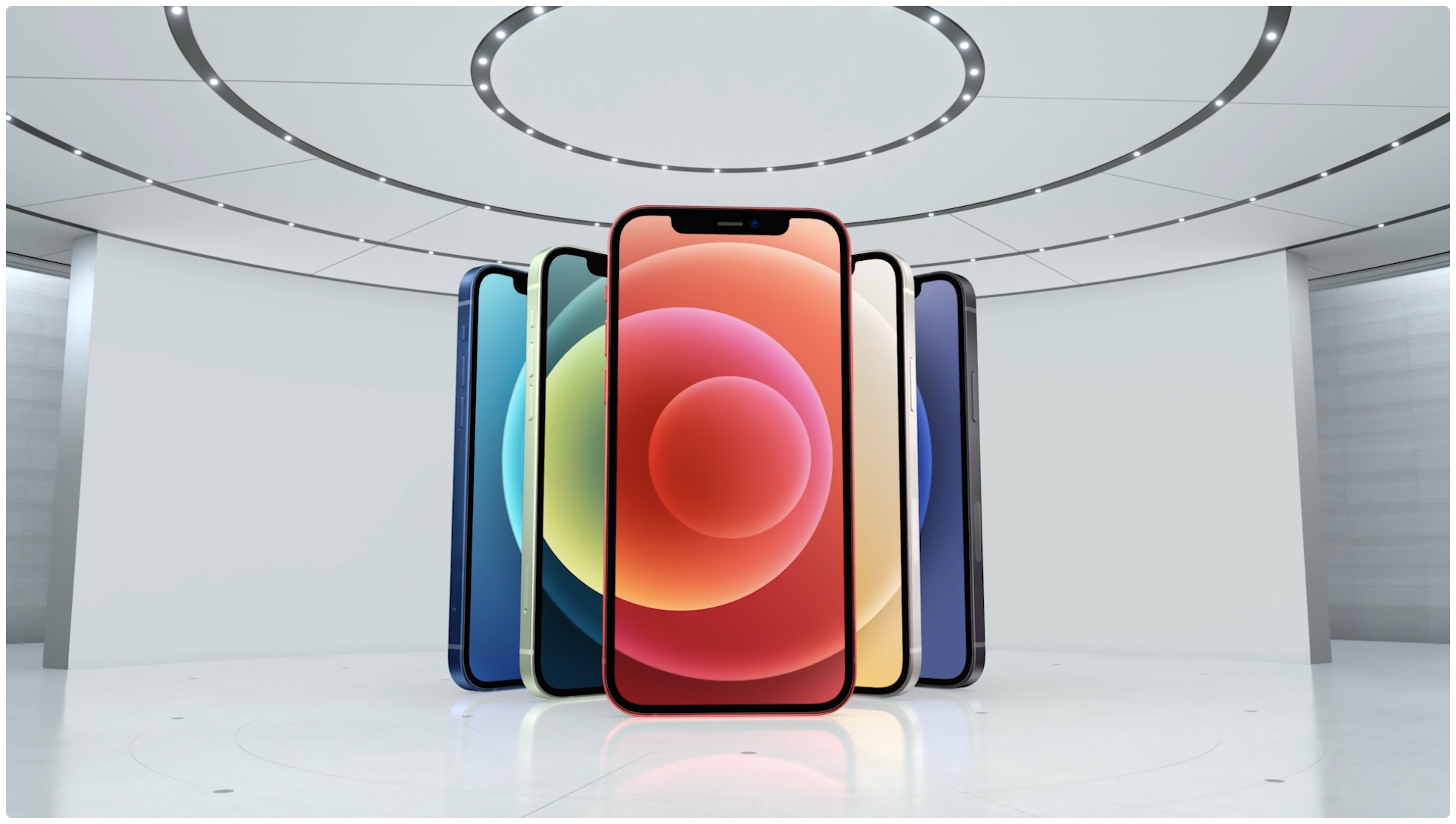Learn how to make your iPhone Personal Hotspot use the faster 5GHz band for better performance or the slower 2.4GHz one for compatibility with all devices.

Most Wi-Fi routers these days support both 2.4GHz and 5GHz Wi-Fi bands. Similarly, iPhone 12 and newer models can also broadcast their Personal Hotspot over both 2.4GHz and 5GHz bands. However, unlike dedicated Wi-Fi routers that can broadcast both bands simultaneously, the iPhone can do only one at a given time, but you have the option to decide which.
Depending on your iPhone’s 5G cellular speed, the 5GHz band can boost hotspot tethering performance, giving blazing-fast internet speeds to the connected devices. However, if your client devices do not support the 5GHz band or encounter issues with it, you can always set your Personal Hotspot to use a slower 2.4GHz Wi-Fi band.
Also see: How to use your iPhone as an internet hotspot
Wi-Fi performance: 2.4GHz vs 5GHz
Apple’s Personal Hotspot feature on iPhone 11 and earlier was limited to the slower 2.4GHz Wi-Fi band. But the iPhone 12 and newer models support 5G, and the top speeds provided by a good 5G cellular connection can easily exceed the 2.4GHz Wi-Fi specification. Therefore, these newer iPhones can relay their cellular hotspot over the 5GHz band to ensure faster speeds for your connected devices.
The key benefits and drawbacks of both Wi-Fi bands are as follows:
- 2.4GHz band: Slower data transfer, longer range, increased compatibility.
- 5GHz band: Faster data transfer, shorter range, decreased compatibility.
Old TVs, many smart bulbs and home accessories, Apple Watch SE and Series 5 and older, old phones, and such, can only connect to the 2.4GHz band and not the 5GHz one. 5GHz networks will not even show up on these devices when you go to their Wi-Fi settings screen.
How to switch iPhone Personal Hotspot between 2.4GHz and 5GHz
The newer iPhones default to using the 5GHz band for hotspot tethering. Should you encounter bottlenecks or connectivity issues with certain client devices, switching your Personal Hotspot back to the 2.4GHz band should resolve any hiccups.
- Open the Settings app on your iPhone.
- Tap Personal Hotspot. If you don’t see it, tap Cellular or Mobile Service first.
- Turn on Maximize Compatibility.

Doing so prompts your iPhone to enforce the slower but more compatible 2.4GHz band. “Internet performance may be reduced for devices connected to your hotspot when turned on,” reads the feature’s description.
Conversely, sliding the switch back to the OFF position tells your Apple smartphone to switch the Personal Hotspot feature to the faster but less compatible 5GHz band.
Quick tips about Personal Hotspot
Keep in mind that just like Wi-Fi, Personal Hotspot performance depends on factors such as signal strength, the distance between a tethered device and your iPhone, the type of Wi-Fi band used, walls and other obstacles, and so forth. Personal Hotspot also works over iPhone’s USB-C or Lightning port, which is handy if you’d like to connect your Mac or Windows PC to it through a faster, wired connection.
You can enable Personal Hotspot in the Settings app on your device. Keep in mind that some carriers require a separate plan for hotspot tethering. Personal Hotspot requires that Wi-Fi and Bluetooth be turned on your iPhone and across all client devices using its Personal Hotspot.
On a related note: